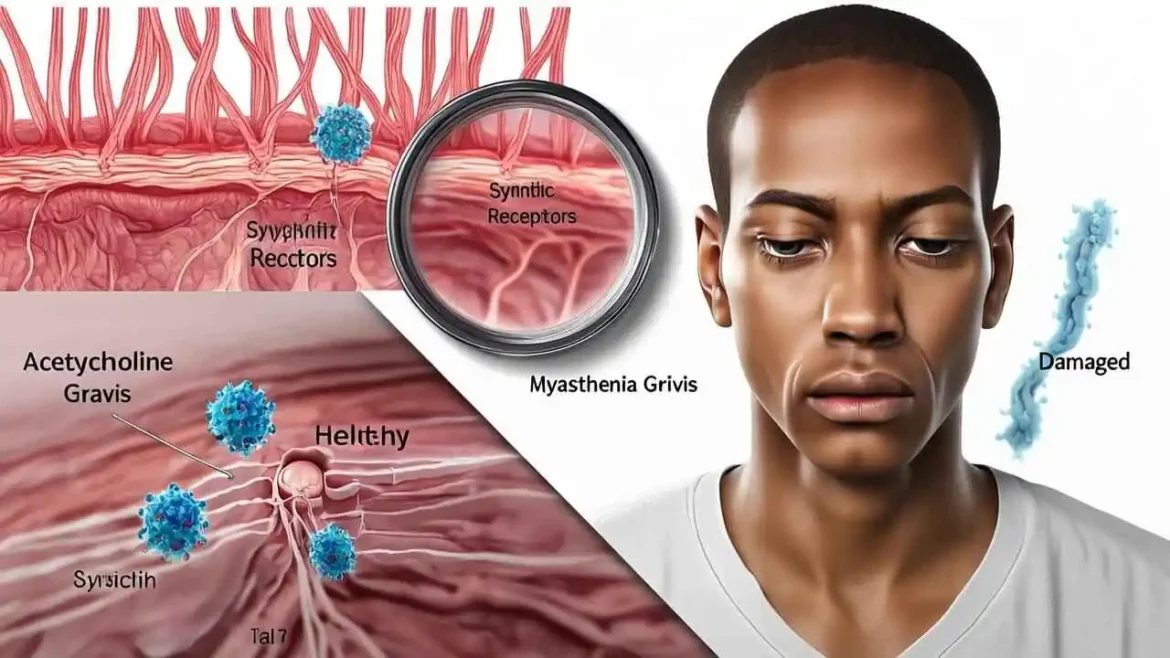Imaging of the chest is an essential part of the diagnostic workup, as the thymus gland plays a significant role in MG pathogenesis.
- CT scan or MRI of the Chest: These scans are performed to visualize the thymus gland, located in the chest behind the breastbone. Approximately 10-15% of MG patients have a thymoma (a tumor of the thymus), and about 70% have thymic hyperplasia (enlargement of the thymus gland).
- Detecting a thymoma is crucial because it can influence treatment decisions, often necessitating surgical removal (thymectomy), which can improve MG symptoms and is recommended to prevent local tumor invasion, regardless of symptom severity. Even in the absence of a visible tumor, thymectomy for hyperplasia can be considered, especially in younger patients with generalized MG, as it may lead to long-term remission or improvement.
5. Pharmacological Tests (Less Common Today): A Historical Perspective
While historically significant, the use of pharmacological tests has declined considerably due to safety concerns and the availability of more specific and reliable diagnostic methods.
- Edrophonium (Tensilon) Test: This test involved the intravenous injection of edrophonium, a short-acting cholinesterase inhibitor. Cholinesterase inhibitors temporarily block the enzyme (acetylcholinesterase) that breaks down acetylcholine in the neuromuscular junction, thereby increasing the amount of acetylcholine available to bind to the remaining receptors.
- A temporary, dramatic, and rapid improvement in muscle weakness (e.g., ptosis lifting, strength in an affected limb improving) immediately following the injection was considered a positive sign for MG.
- However, due to potential side effects such as bradycardia (slow heart rate), syncope (fainting), and bronchospasm, and the availability of safer, more specific blood and electrophysiological tests, its use has become largely obsolete, reserved only for very specific, unclear cases in highly controlled environments with resuscitation equipment readily available.
By combining these diverse and specialized diagnostic tools, clinicians can usually arrive at a definitive diagnosis of Myasthenia Gravis. This precise diagnosis is paramount, as it paves the way for the initiation of effective management strategies, tailored to the individual patient, which significantly improve their quality of life and long-term outcomes.
Treating Myasthenia Gravis: Pathways to Management
While there is currently no cure for Myasthenia Gravis, the good news is that it is a highly treatable condition. Our primary goals in treatment are to improve muscle weakness, reduce symptoms, and enhance the overall quality of life while minimizing treatment-related side effects. The approach is often individualized, based on the severity of symptoms, specific antibodies present, and the presence of a thymoma.
Here’s a breakdown of the main treatment categories we utilize:



